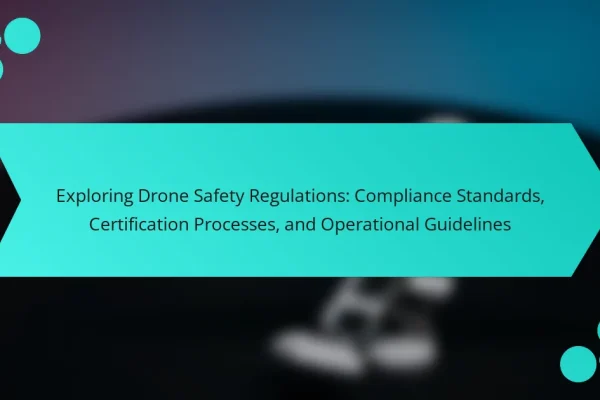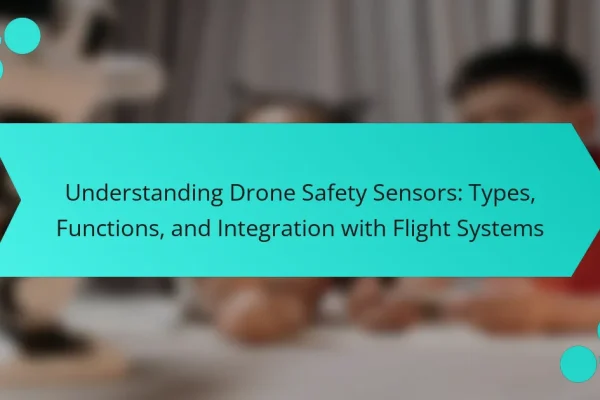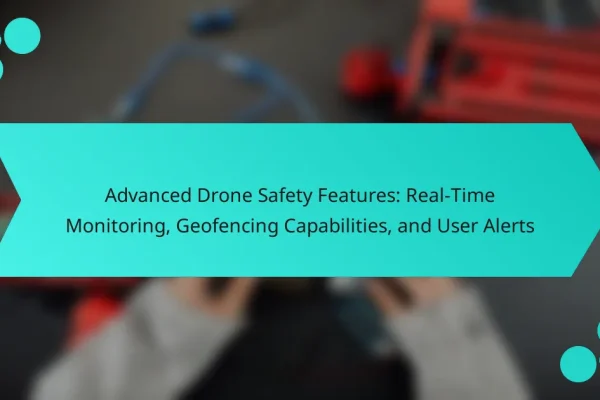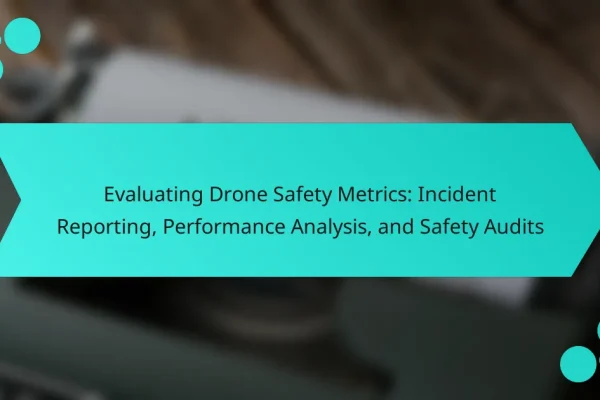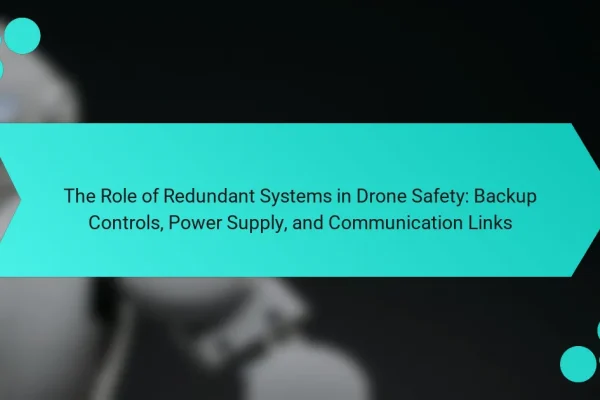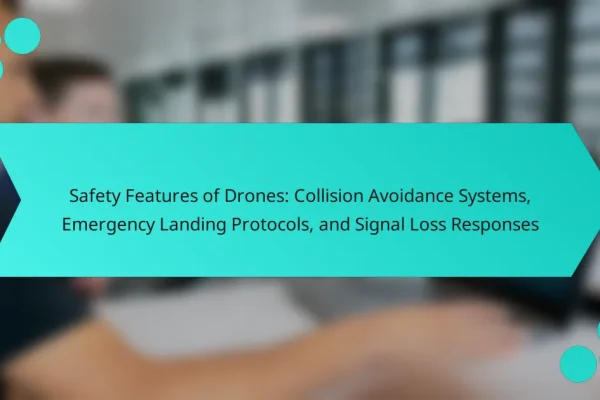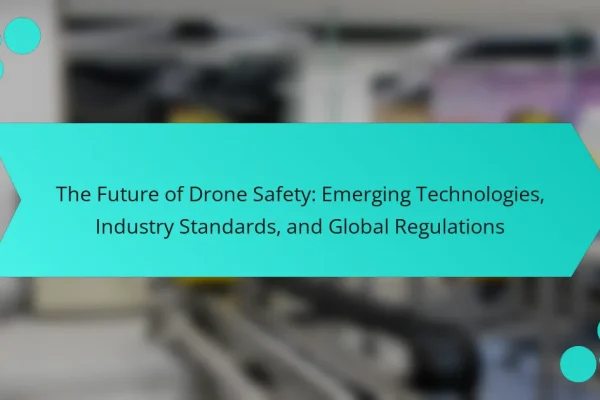
The Future of Drone Safety: Emerging Technologies, Industry Standards, and Global Regulations
What are the key challenges in drone safety today? Key challenges in drone safety today include regulatory compliance, airspace congestion, and technological limitations. Regulatory compliance involves navigating complex local and international laws. In 2021, the FAA proposed new rules for remote identification to enhance accountability. Airspace congestion is increasing due to the growing number of…
